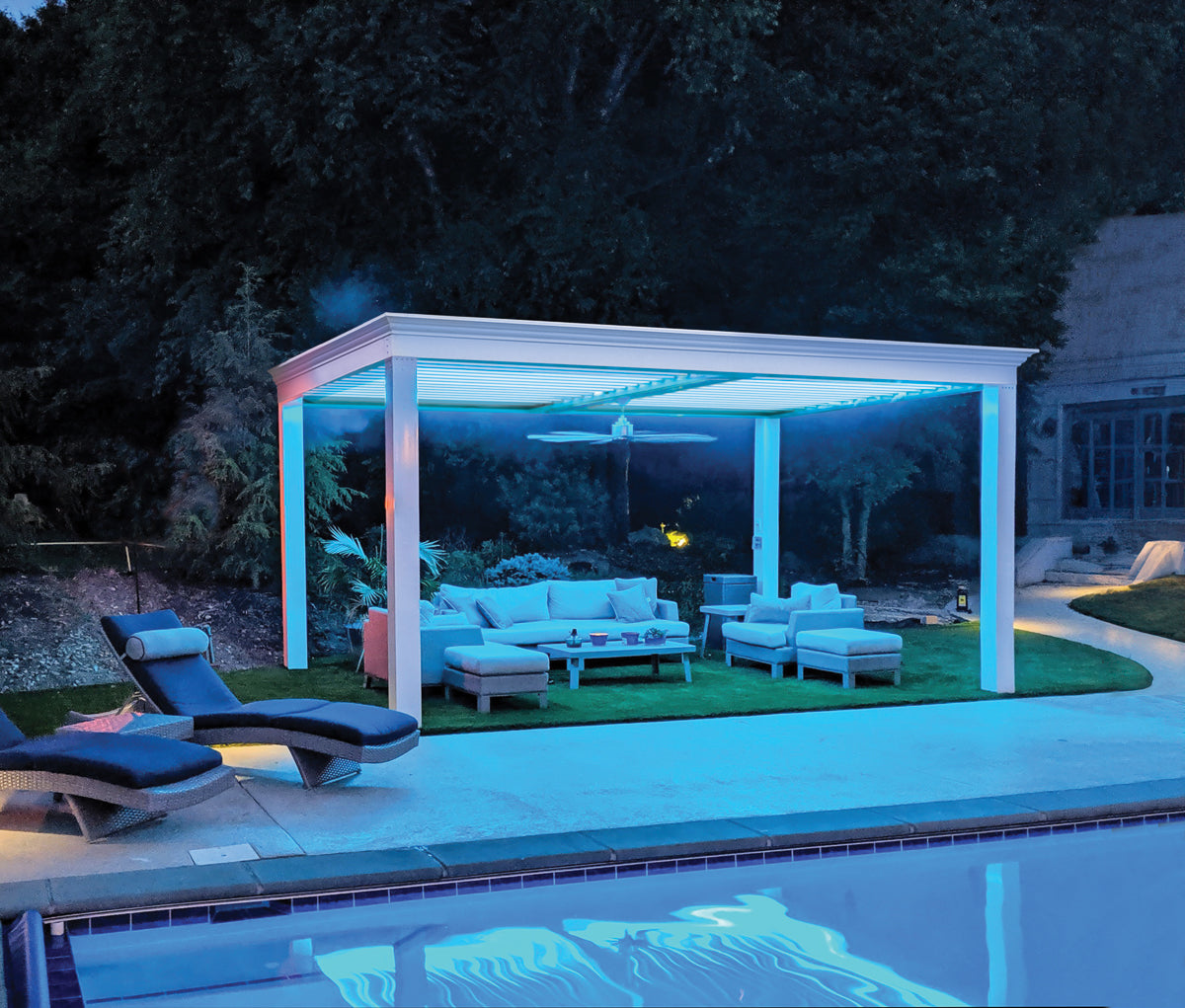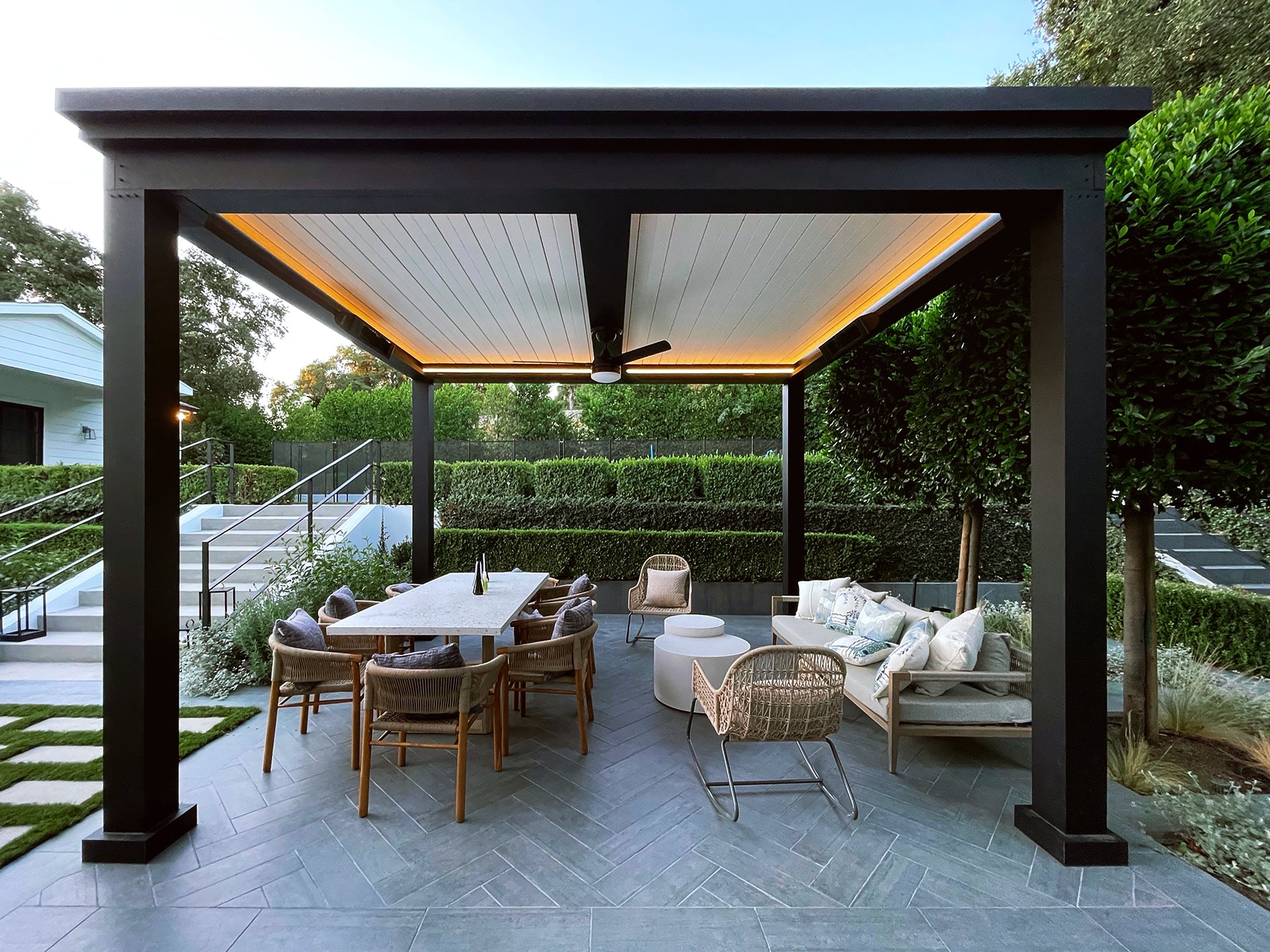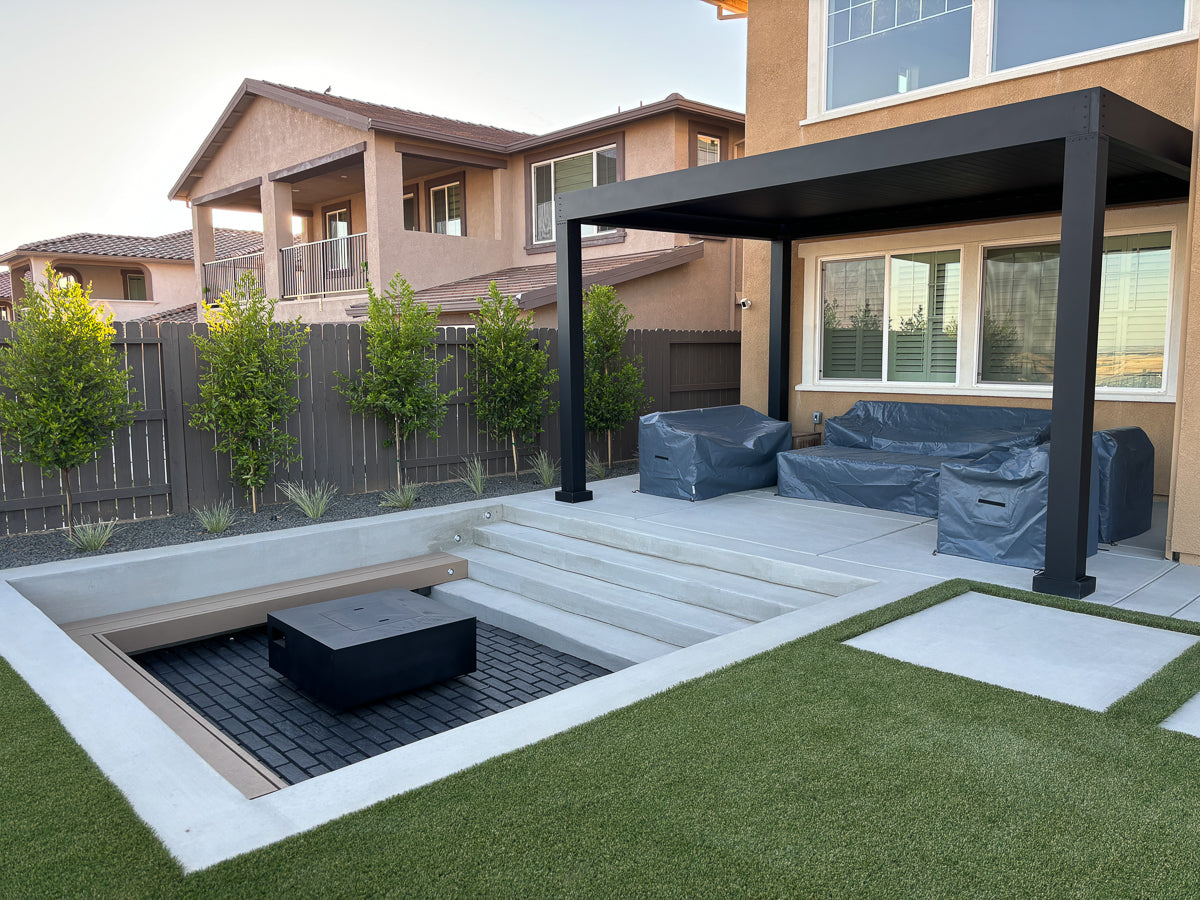Table of Contents
What is a Pergola?
This is a great place to start; let's discuss what a pergola is. A pergola is, traditionally, an outdoor structure consisting of vertical posts or pillars that support horizontal beams and an open grid, or lattice roof.
Typically, it provides partial shade and is often used to cover or define outdoor living space such as: Gardens, patios or decks.
Pergolas can vary greatly in size, style, shape and design, ranging from simple and more functional to elaborate and decorative. They are most commonly used as a framework for climbing plants and can add substantial beauty and perfectly complements other outdoor structures.
Is Airflow important for your pergola?
Short answer is, yes! I will discuss, below.
Ventilation - Solid airflow greatly helps to ventilate the patio area. Hot, humid air can become absolutely miserable without airflow. It is important to keep the area under the pergola moving and cool.
Air Quality - Airflow helps to circulate fresh air, improving air quality and reducing large amounts of pollutants, allergens and dust in the general area.
Comfort - Adequate airflow helps to keep the space under the porch or pergola cool and comfortable, especially during hot weather. A hot, stagnant environment can become quite uncomfortable, warm and stuffy.
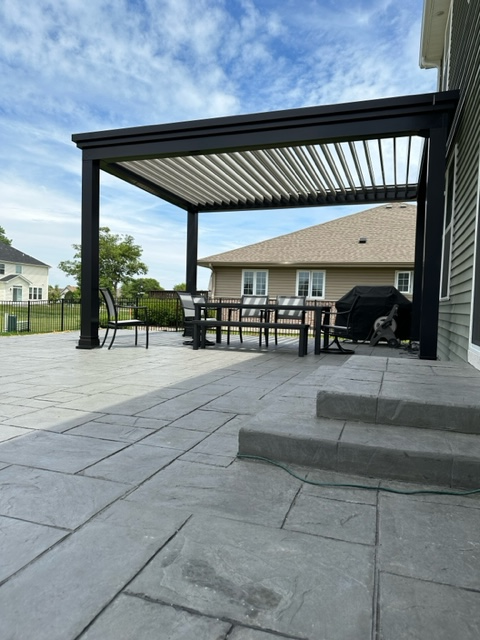
Understanding your pergola Design
What type of roof should you consider? Open or Louvered?
While both open and louvered pergola roof options would allow airflow, a louvered option will also give protection from the sun. This seems like the better "bang for your buck". This option allows for roof operation, thus letting you control how much airflow and sun/shade will be present under your deck or pergola.
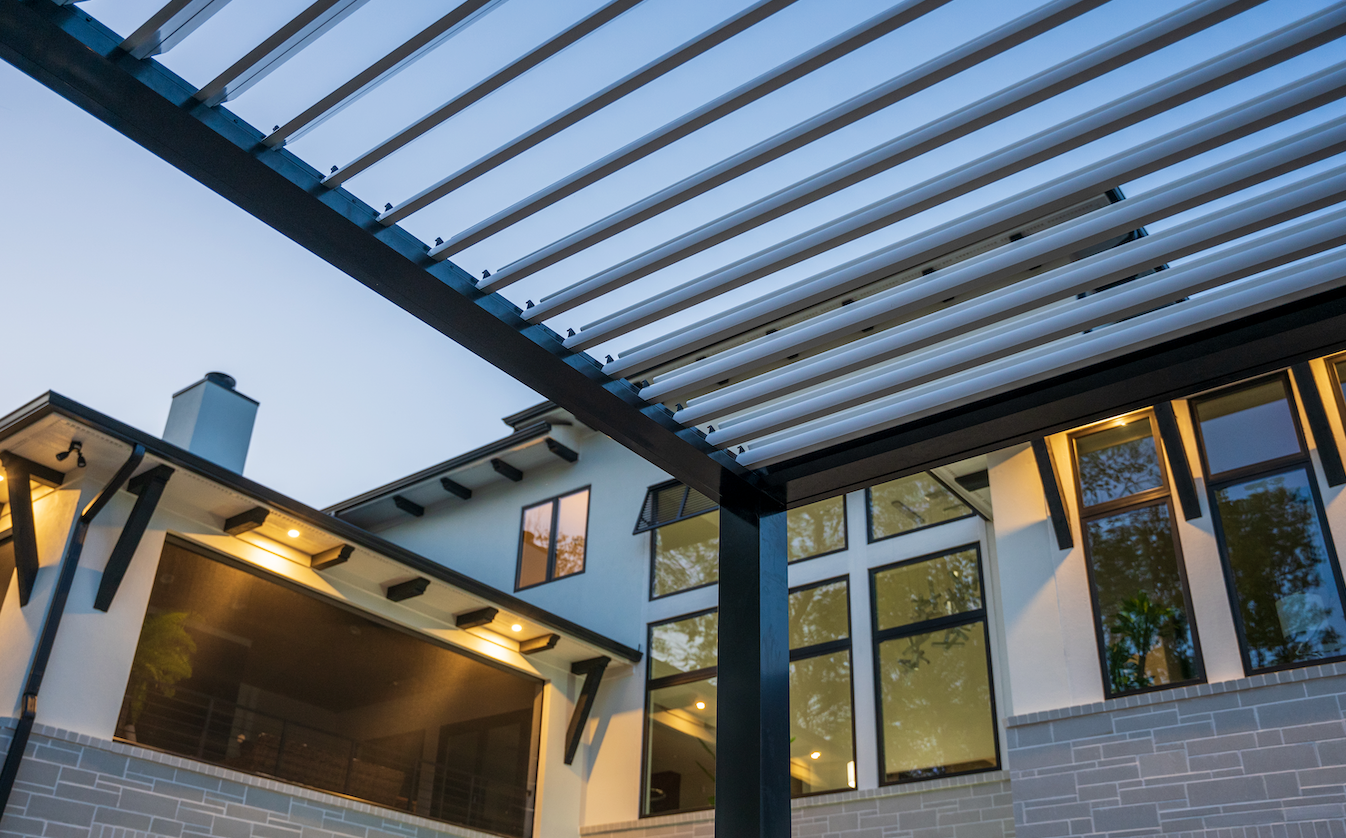
Factors affecting Air Circulation
If a pergola is near other walls or buildings, it can affect the strength of the air circulation in and around the pergola. It could potentially block airflow and create more stagnant air.
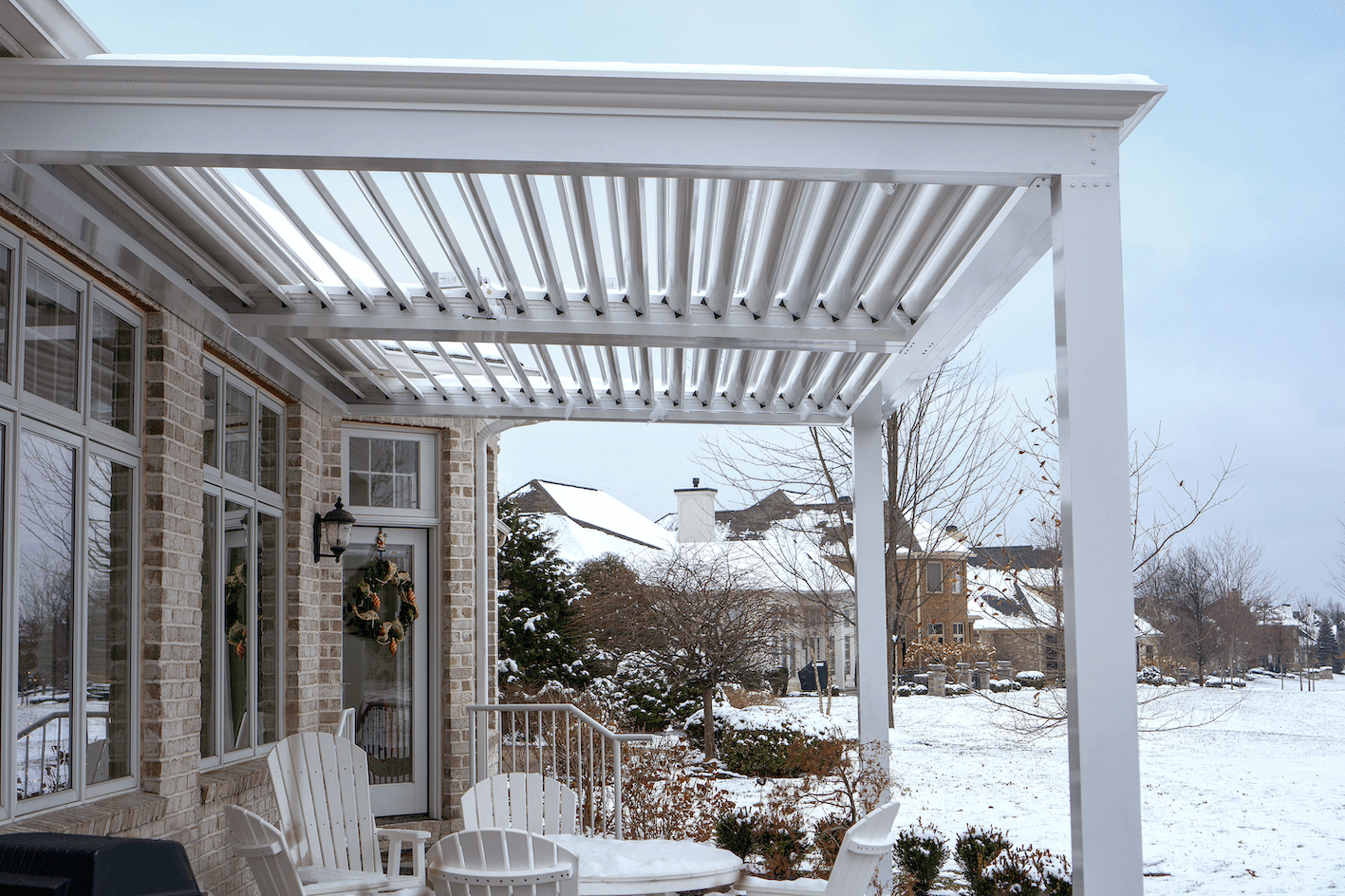
Climatic conditions can greatly affect air circulation. Warm, humid air can easily become stagnant and feel polluted. Opening up your louvers can help with this, tremendously.
Enhancing Airflow in Pergolas
Where you place your pergola is extremely important as it relates to airflow and a cool breeze. You want to have a pergola built, more or less, in an open space. You want to avoid any obstructions, buildings are walls.
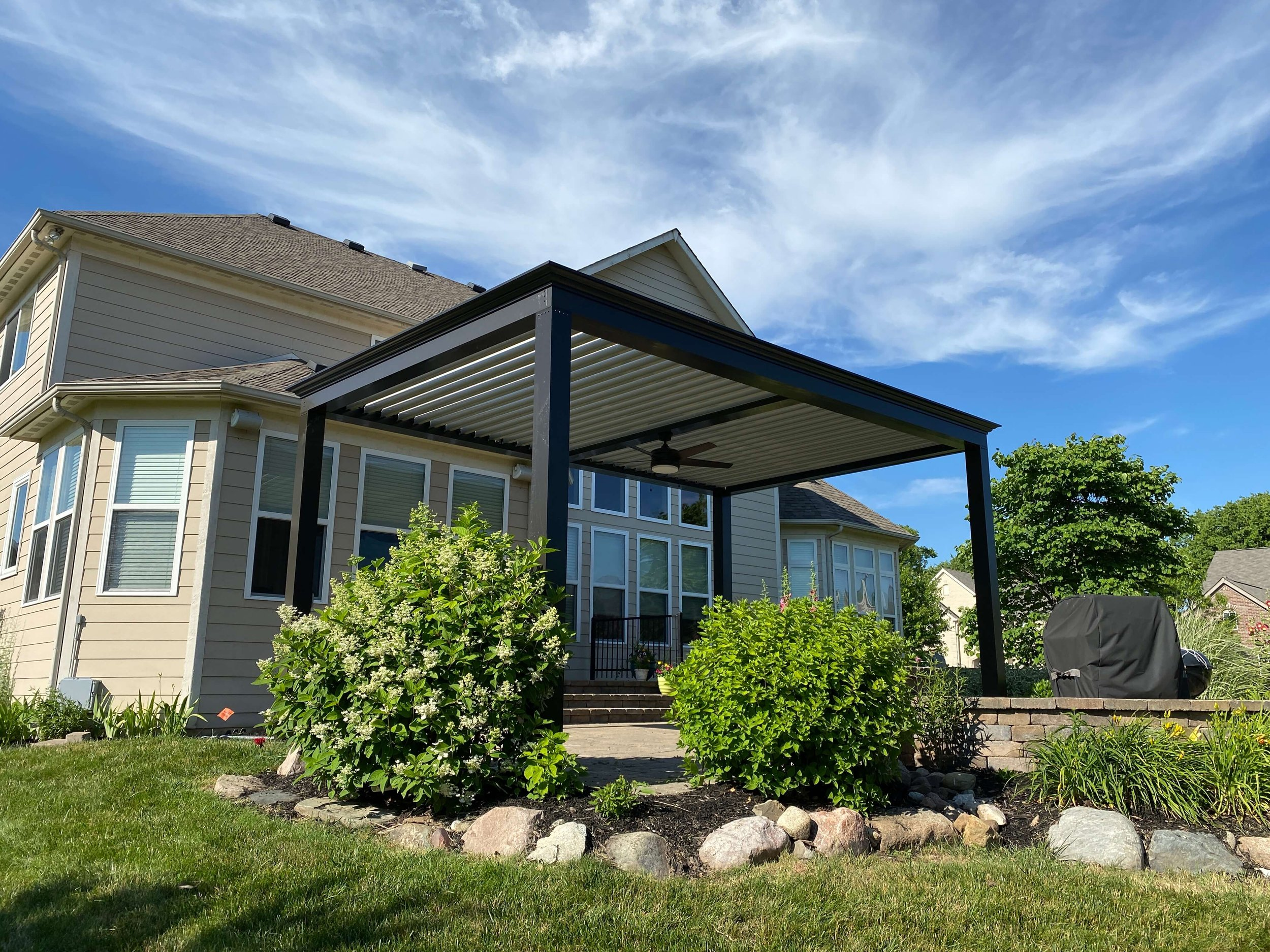
Incorporating design elements for airflow
There are a few things you can do to increase your airflow. A lattice or open sided pergola offers increased airflow, constantly, without the need for a louvered system.
A trellis can also be added to the project to assist with hanging or climbing plants, and can often help clean up air from pollutants. Many pergola owners will also opt to put a fan under their pergola to enhance the amount of cool breezethey receive.
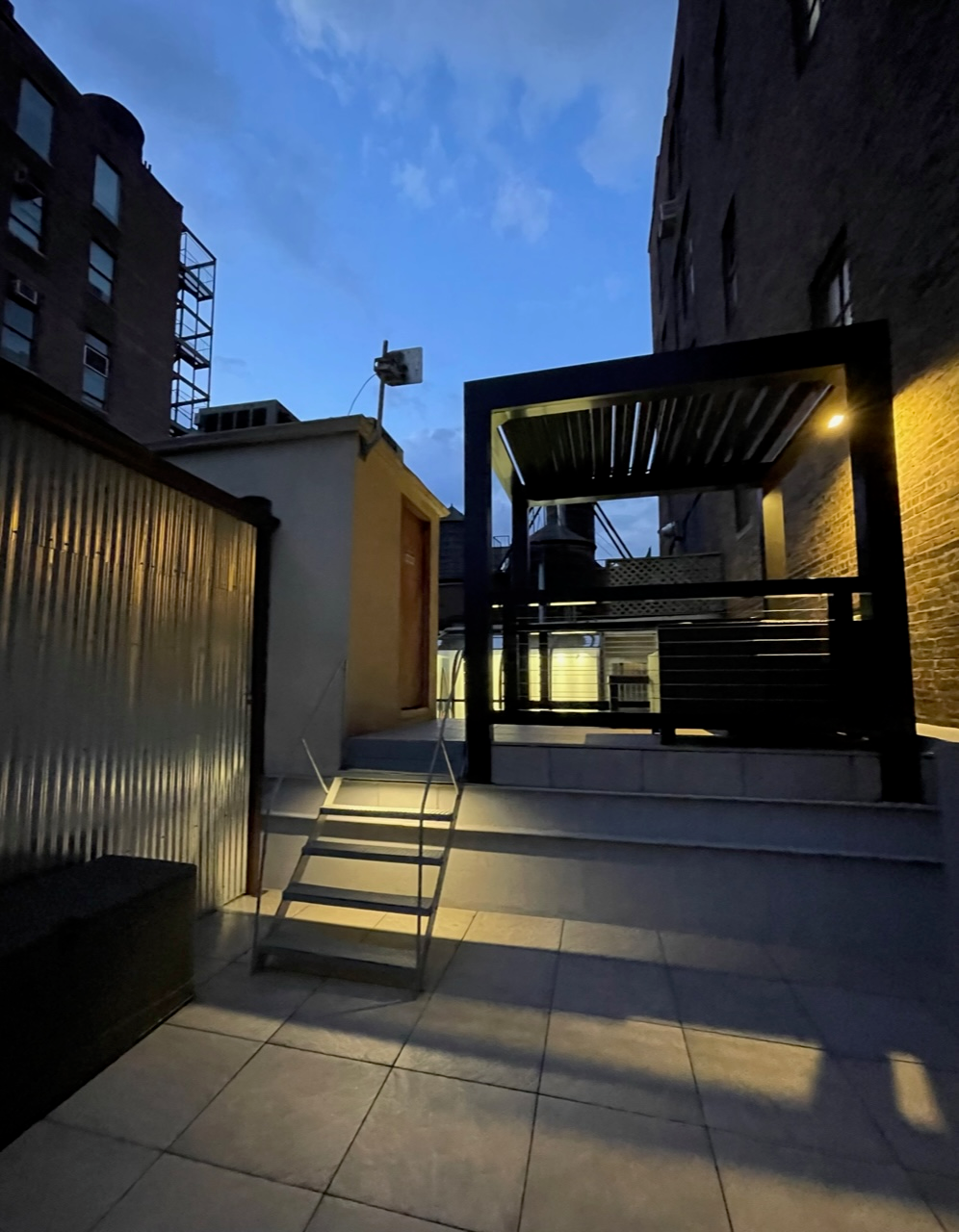
Tips for maximizing Cool Breeze
Certain plants can be helpful for maximizing a cool breeze. You want to pick plants that are loose and free and will not take up much ground space. Dense plants can cause air to become stagnant still.
Morning tends to be a bit cooler and not as humid as the afternoon, during the summer months. It is best to take advantage of some cooler times of day as you relax in your outdoor living space or garden.
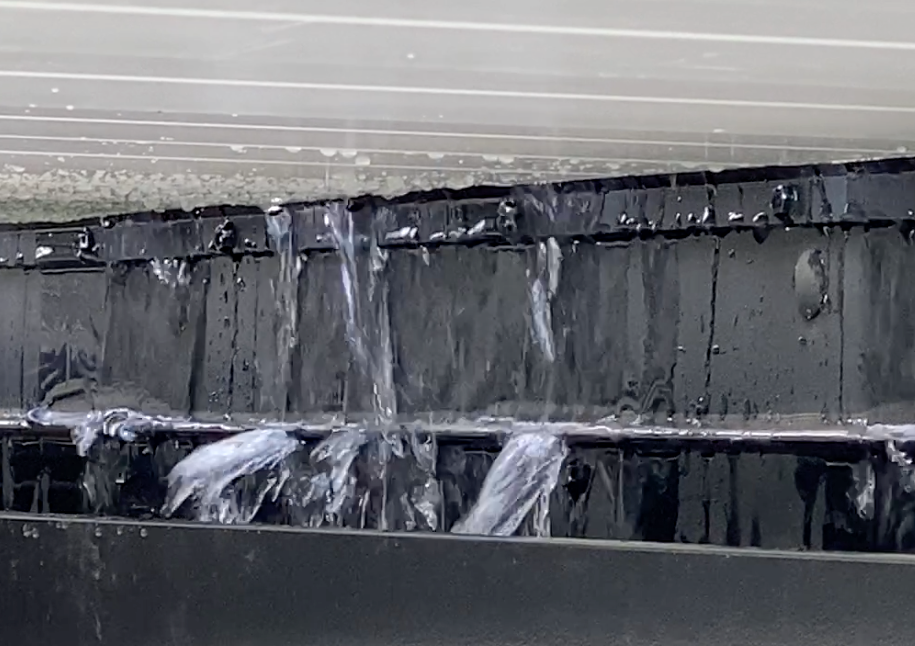
Conclusions
A pergola can absolutely help with adding a "cool breeze" to your outdoor space. Depending on your roof structure, you have the ability adjust how much sun or shade your outdoor space will receive.



